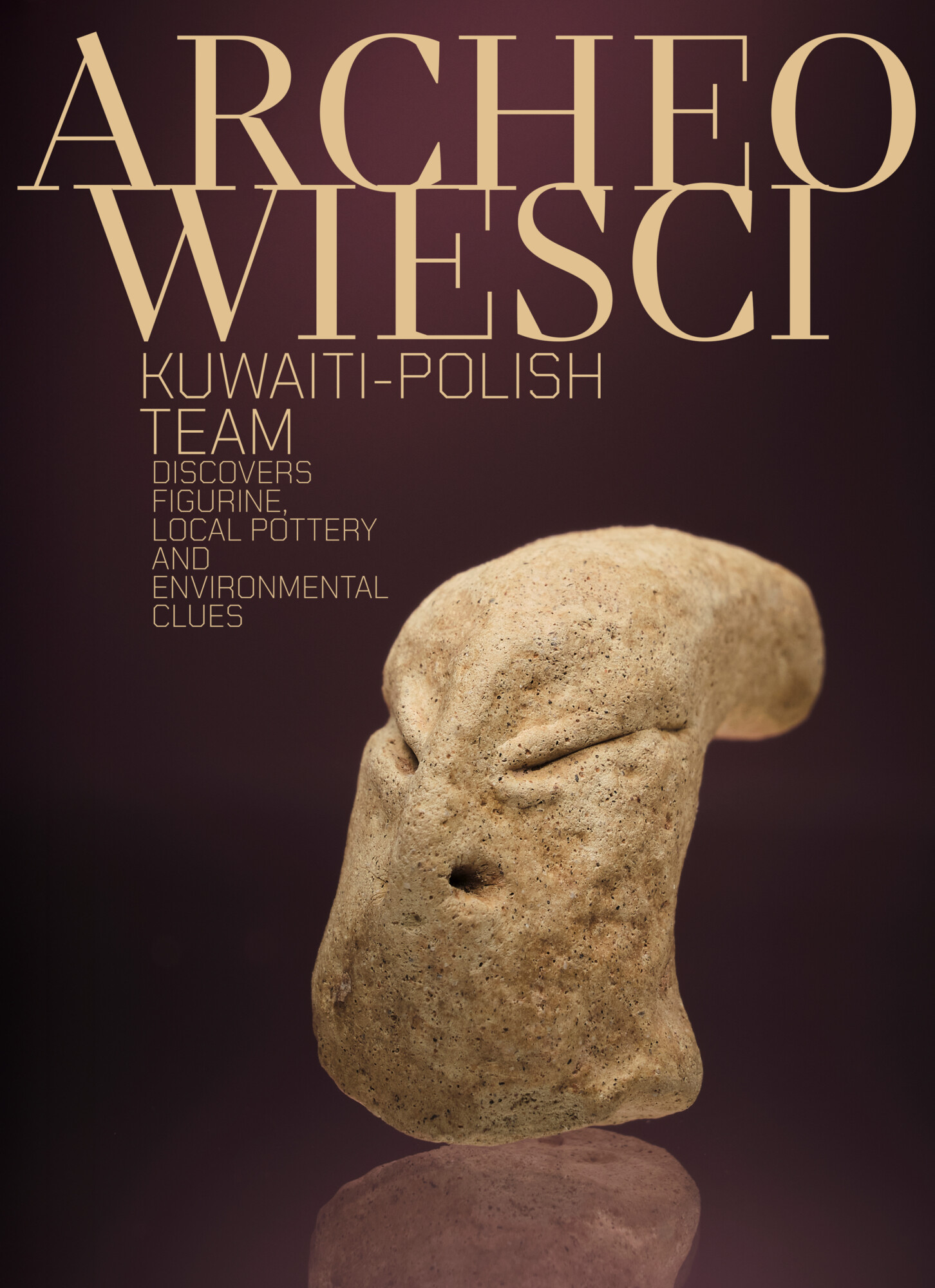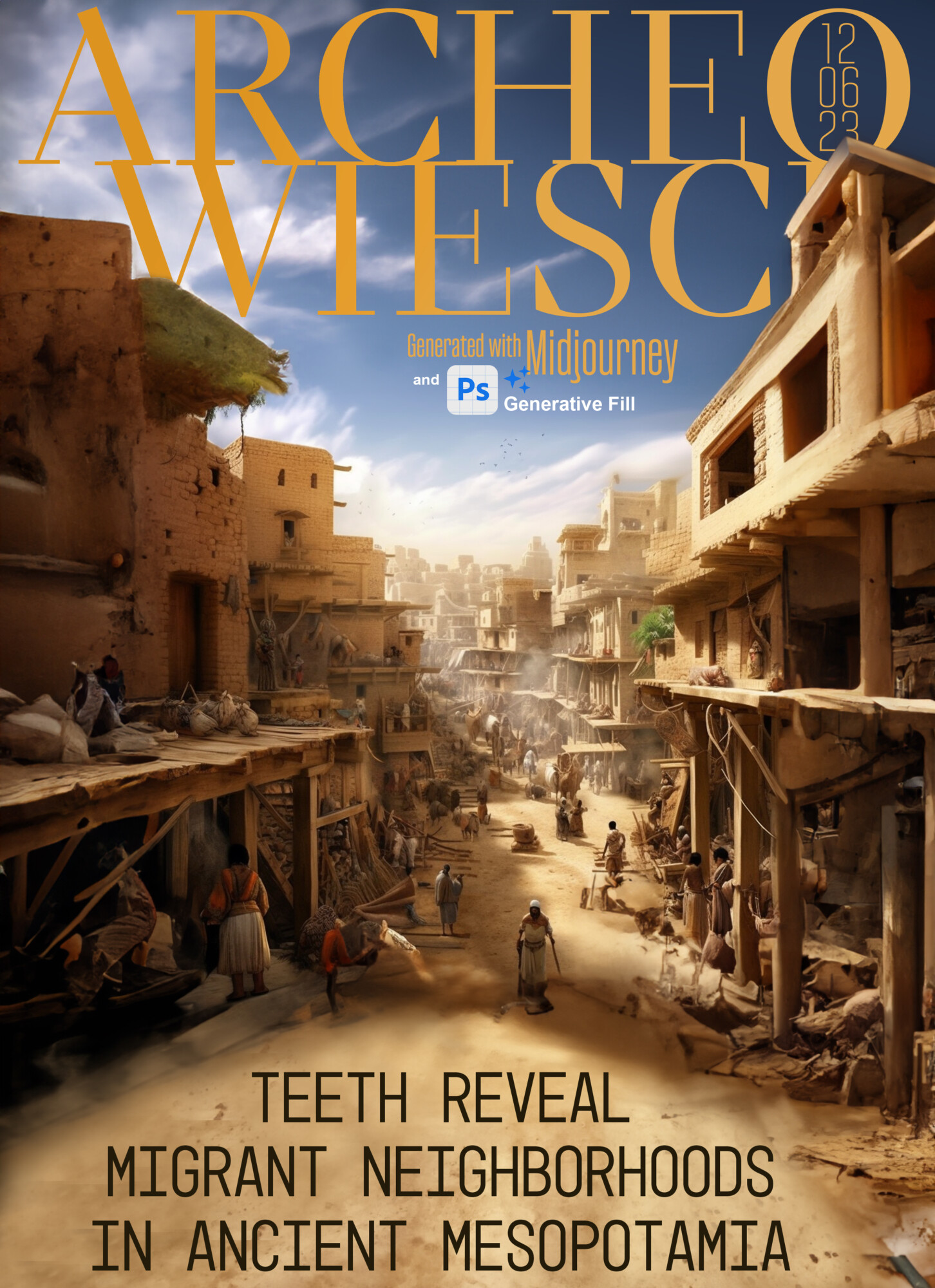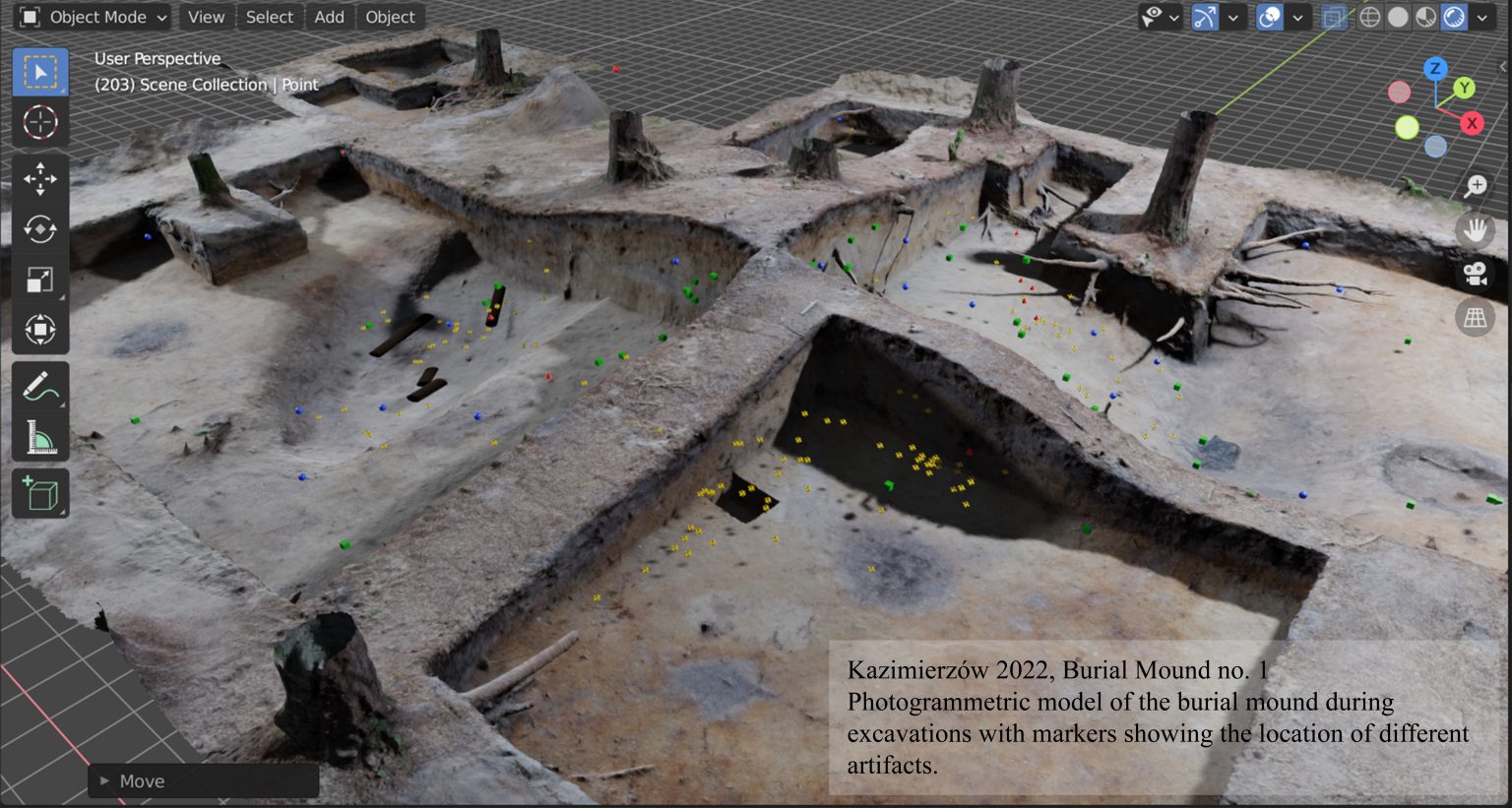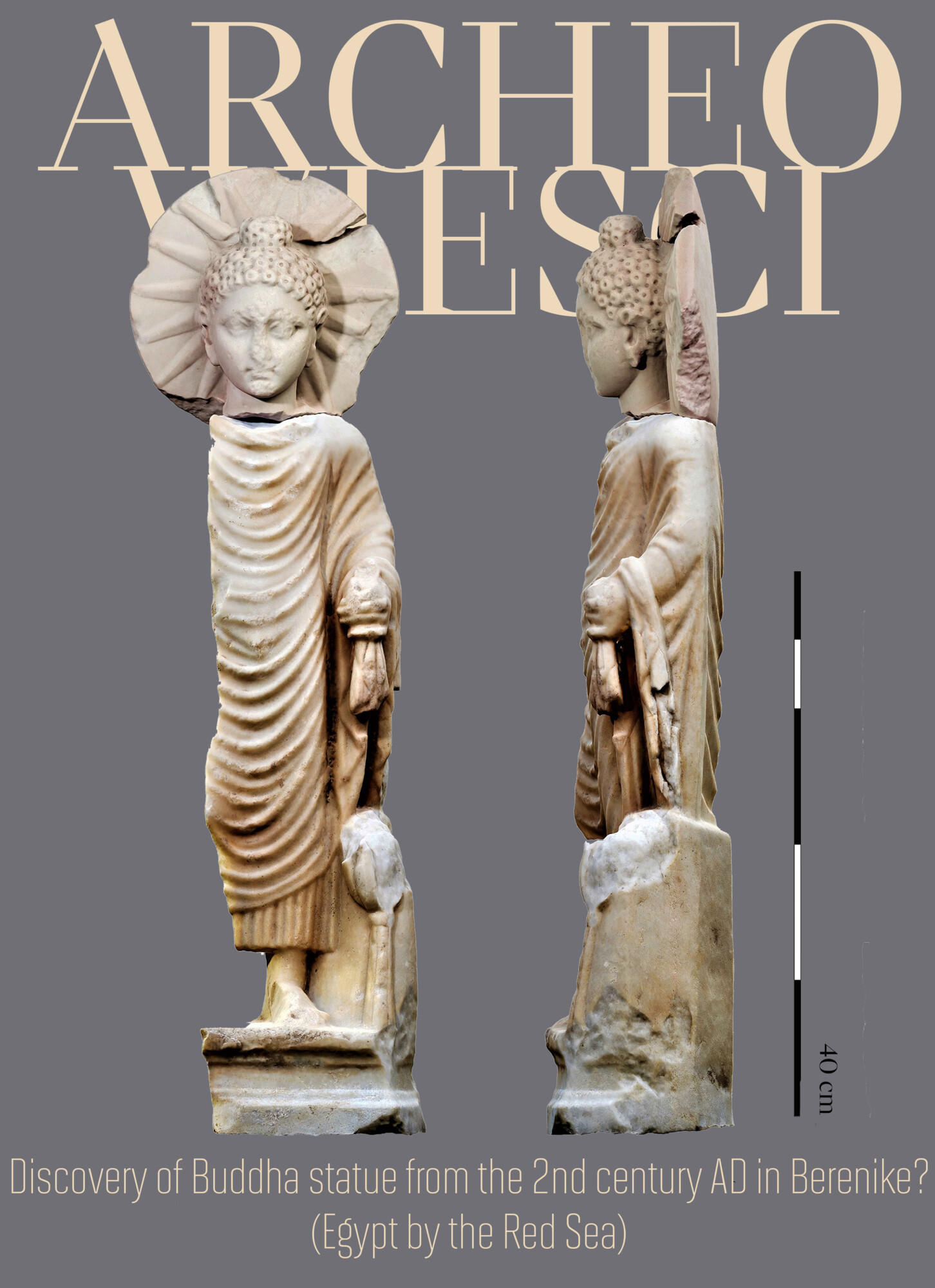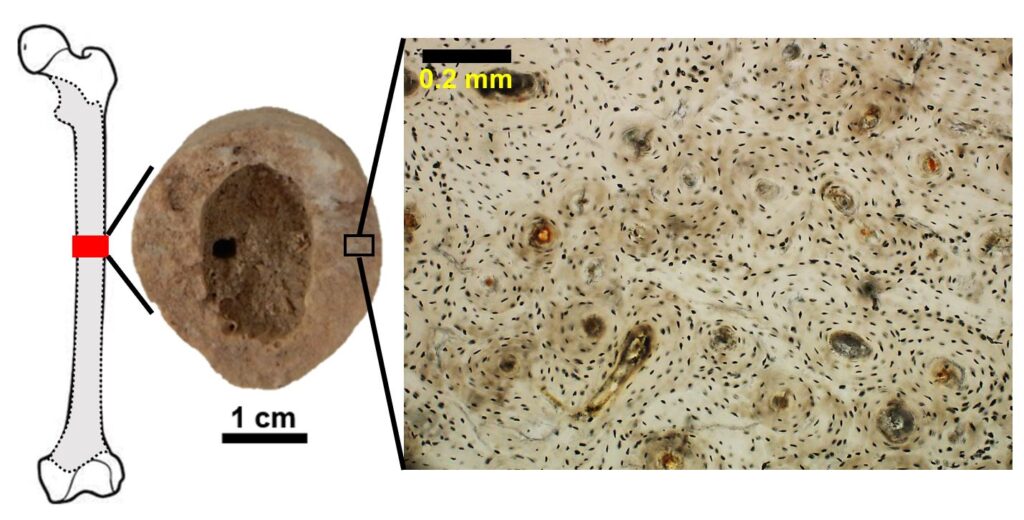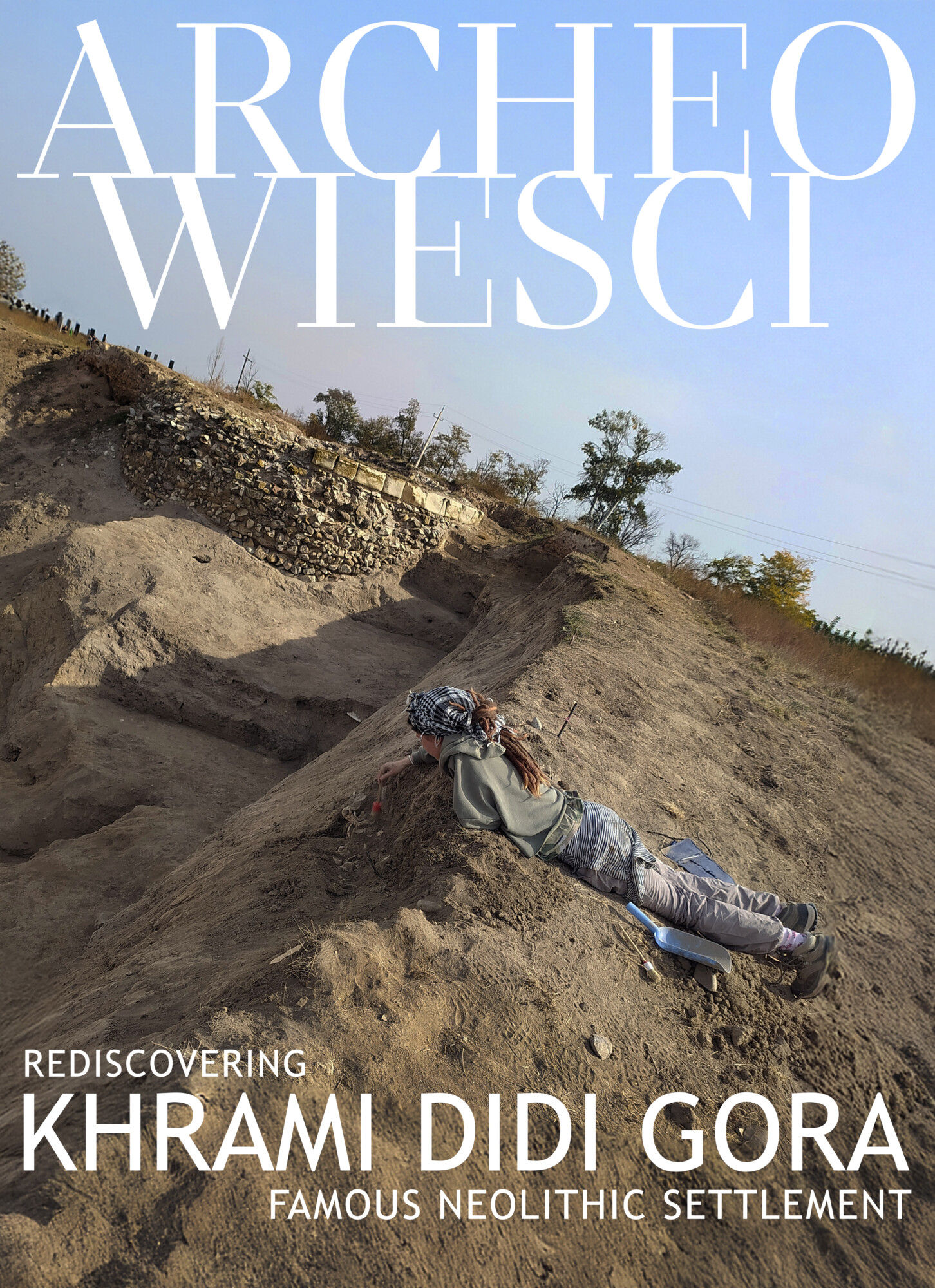
The Shomu-Shulaveri Neolithic culture, located in the heart of the Transcaucasian region, continues to captivate researchers. This prehistoric phenomenon, which spans the territories of Georgia, Armenia, and Azerbaijan, is distinguished by its unique local characteristics. While much research has focused on communities in Armenia and Azerbaijan, settlements in Georgia, particularly Khrami Didi Gora – the largest of them all, remain mostly unexplored. Known for their agricultural and craftsmanship skills, the people of this society also appear to have had profound spiritual beliefs, as evidenced by the small anthropomorphic figurines discovered at this archaeological site. However, what did these beliefs entail? How did rituals shape their daily life and worldview? These lingering questions continue to challenge researchers, awaiting answers that may unlock the mysteries of the people belonging to this fascinating archaeological culture.
Continue reading “Rediscovering Khrami Didi Gora, Georgia’s Famous Neolithic Settlement”

